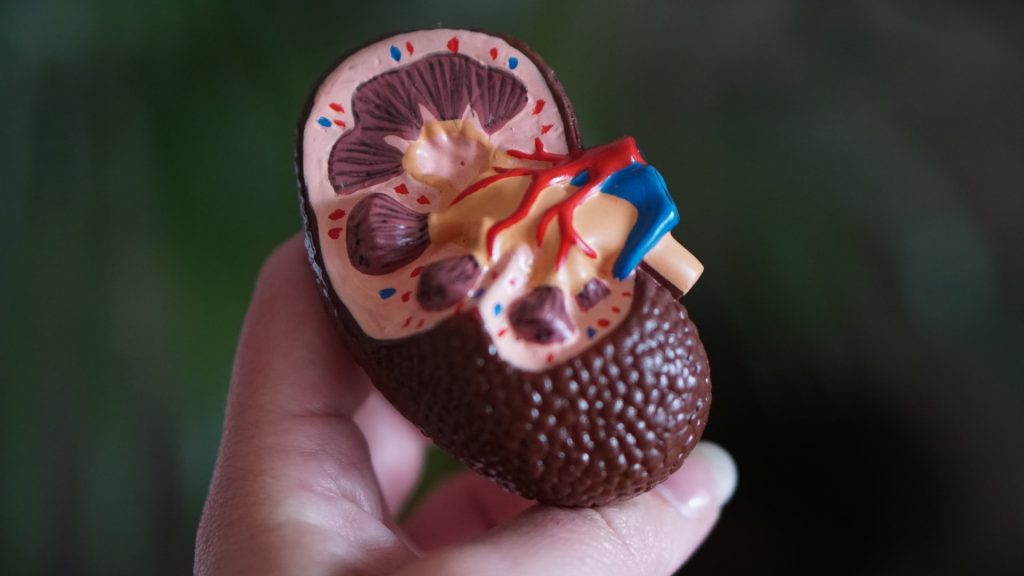US Sees Surge in Hypertension Hospitalisations

The number of people hospitalised for a hypertensive crisis in the US more than doubled from 2002 to 2014, according to researchers from Cedars-Sinai Medical Center. Possible causes included socioeconomic factors such as reduced access to healthcare.
A hypertensive crisis is an acute, marked elevation in blood pressure that is associated with signs of target-organ damage. This increase in hypertensive crises happened at a time when some studies reported overall progress in blood pressure control and a decline in related cardiovascular events in the US. The findings are published in the Journal of the American Heart Association.
“Although more people have been able to manage their blood pressure over the last few years, we’re not seeing this improvement translate into fewer hospitalisations for hypertensive crisis,” said first author Joseph E. Ebinger, MD, a clinical cardiologist and director of clinical analytics at the Smidt Heart Institute
Dr Ebinger said there could be a number of explanations for the incrrease. More people may be unable to afford hypertension medications or are taking inadequate doses of these drugs. Socioeconomic factors may also make it difficult for people to avoid unhealthy behaviours that can contribute to hypertension, such as smoking, as well as having limited access to health care and other concerns.
“We need more research to understand why this is happening and how clinicians can help patients stay out of the hospital,” Dr Ebinger said.
For their study, the investigators used data from the National Inpatient Sample, which is a publicly available database. The data include a subset of all hospitalisations across the US, providing a picture of nationwide trends. They found that annual hospitalisations for hypertensive crises more than doubled over a 13-year period. Hospitalisations related to hypertensive crises accounted for 0.17% of all admissions for men in 2002 but 0.39% in 2014, and represented 0.16% of all admissions for women in 2002 but 0.34% in 2014.
The mortality risk for hypertensive crisis, however, did decrease slightly overall during the studied time period. Women died at the same rate as men, even though they had fewer health issues than men who also were hospitalised for a hypertensive crisis.
“These findings raise the question: Are there sex-specific biologic mechanisms that place women at greater risk for dying during a hypertensive crisis?” said senior study author Susan Cheng, MD, MPH, director of the Institute for Research on Healthy Aging in the Department of Cardiology at the Smidt Heart Institute. “By understanding these processes, we could prevent more deaths among women,” she added.
Source: Cedars-Sinai Medical Center










